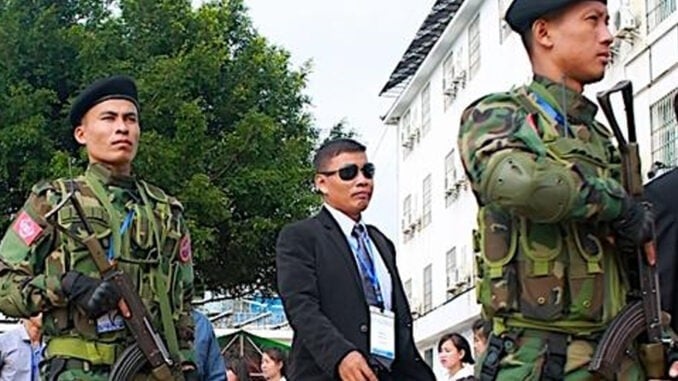Photo:CJ
Mizzima Editorial
Internally Displaced People or IDPs in Myanmar are counted in their millions – at least 3 million. But the reality of their existence revolves around individuals or families who live in dire circumstances.
Wherever they live, whether in Myanmar’s heartland, or up in the hills of the ethnic regions, they are exposed to the weather and face serious problems in getting enough food, water, medical supplies and shelter.
Right now, the main challenge is surviving the heat of a particularly hot summer with temperatures reaching into the 40s Centigrade. And soon they will face the deluge of the rainy season, which poses its own problems, not least illness due to the weather, dirty water, malaria and dengue fever.
IDPs are in the news. Every other week, the United Nations and aid organizations bring up their case. But the challenge is how to efficiently deliver aid to these people widely dispersed across a country at war, with poor roads and transport options.
Thailand has begun to help with a humanitarian aid corridor in late March that provided aid to 20,000 people in need in Karen State. It was delivered by the Myanmar Red Cross, with questions raised over whether such a process would deliver aid to areas outside the control of the Myanmar junta.
A number of activists and NGOs have called for aid to be delivered through non-state actors, particularly through NGOs and through the auspices of the National Unity Government or NUG, that nominally represents people who have fled their homes due to the conflict. In the case of IDPs in Karen State, there are calls for aid to go through the Karen National Union or KNU, as many of the displaced people in the state are currently holding out in their territory.
Key players in the aid challenge are the Thai authorities and the donors, including various arms of the United Nations, and an array of small NGOs, many with their feet on the ground in Myanmar.
But the main problem in delivering aid to IDPs appears to lie with the reluctance of state and international bodies to engage with the small NGOs and the NUG. They are used to dealing with state actors, in this case the Myanmar junta and the Myanmar Red Cross.
Activists and NGOs say that unless more flexibility is allowed in the equation, making a difference to the lives of IDPs will continue to be a tough call.





